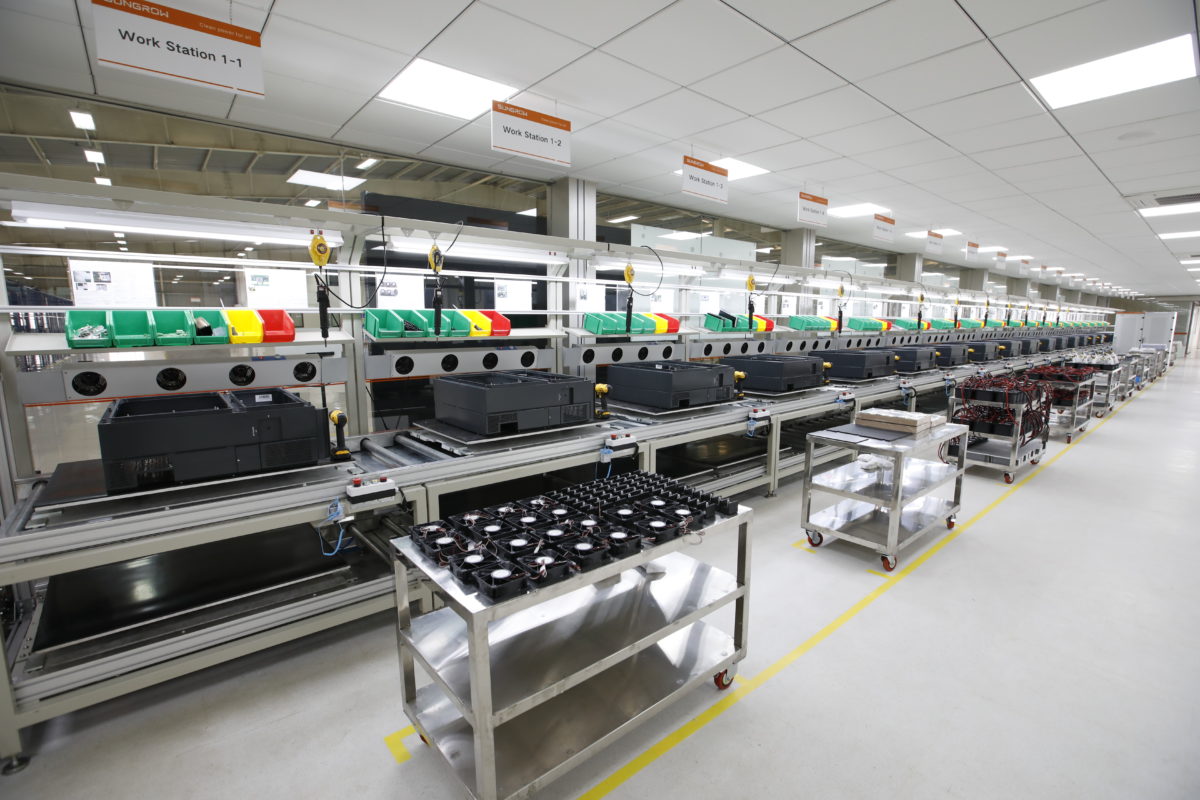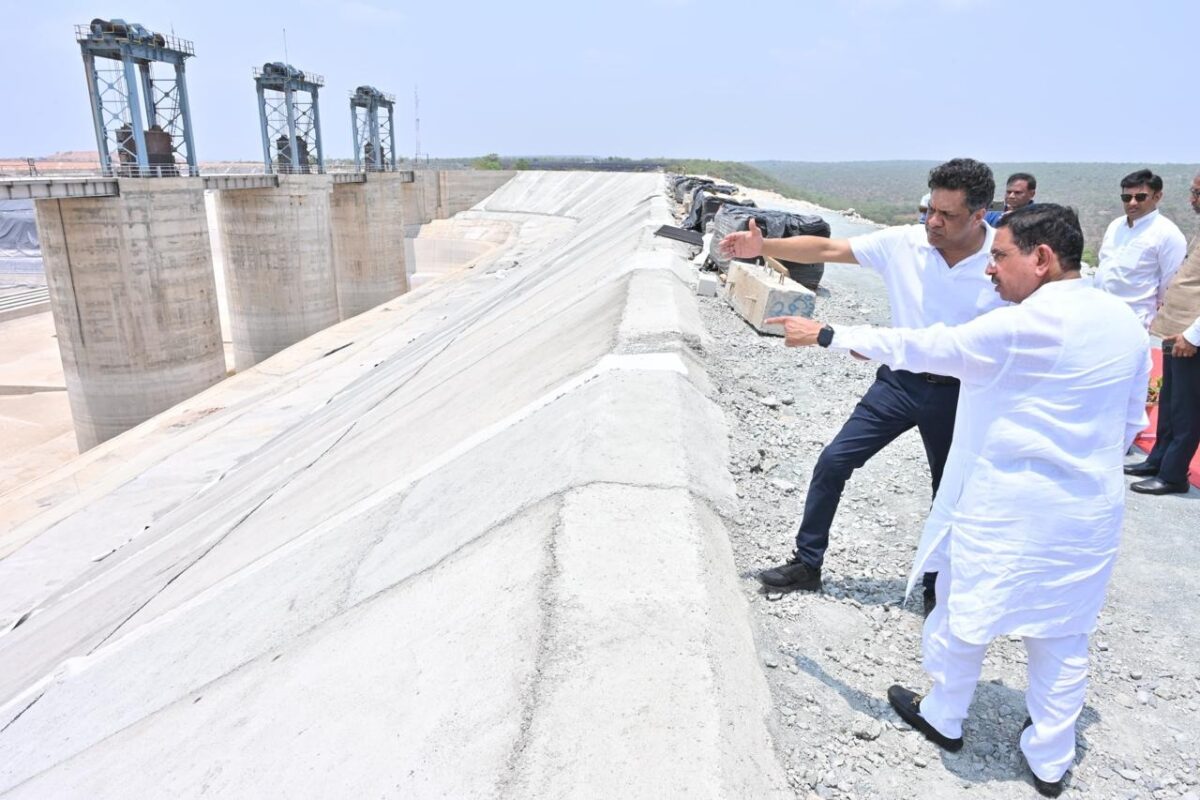From pv magazine International.
The International Renewable Energy Agency (IRENA) has used its annual renewable energy jobs report to urge governments to more than double annual investment in energy transition technology to almost $2 trillion (INR148 lakh crore) from next year to 2023 so renewables employment can drive the global recovery from Covid-19.
The UAE-based international body said investment on that scale could generate 5.5 million new clean energy jobs by 2023, more than compensating for a million job losses in the fossil fuel industry over the same period. If the world then spent an average $4.5 trillion per year on clean energy tech for the remainder of the decade, IRENA claimed, renewables would employ 30 million people by 2030 and account for 42 million jobs in a 100 million-strong energy sector workforce in mid century, with a further 21 million working in energy efficiency at that point and almost 15 million employed in grid and energy flexibility.
Those 2050 employment numbers would add up to 62% more energy sector jobs than are envisaged under the current plans of governments around the world, said IRENA.
Solar jobs up
The solar workforce expanded 4% last year, from 2018, according to the latest Renewable Energy and Jobs report published by IRENA, to account for 3.8 million roles in a renewable energy workforce which rose from 11 million in 2018 to 11.5 million last year.
With 3.1 million of those 3.8 million PV workers employed in Asia, China led with 2.2 million jobs, well ahead of second-placed Japan, which saw its solar workforce fall to 241,000 last year. The U.S. employed around 240,000 people in solar last year, India 204,000 and Bangladesh 137,000. The EU saw its solar workforce leap during 2019, from 95,600 to 127,300, with Europe employing 4.4% of the global solar workforce, ahead of Africa, which accounted for 3.7%, but trailing North America, which employed 6.5% of the world’s solar workers.
The importance of off-grid solar for global employment was emphasized by the estimate the 95,000 people employed by the decentralized solar segment in India last year is expected to double by 2022-23, with the 10,000 employed in the industry in Kenya expected to rise 70% over the same period. The off-grid solar workforce of Nigeria is expanded to expand tenfold to 52,000 by 2022-23 with distributed-generation systems also employing a potentially huge informal workforce whose numbers are difficult to estimate. Add in the employment opportunities offered by the arrival of electricity in off-grid areas and IRENA estimates the industry can drive a fivefold increase in the number of people employed in such communities.
Hurdles
The jobs update, which referenced articles by pv magazine writers Emiliano Bellini, Uma Gupta, Syful Islam, Marija Maisch, Pilar Sanchez Molina and Jorge Zarco – plus a guest article by Svitlana Teush – cited familiar hurdles to solar deployment in India including low electricity tariff ceilings, land scarcity, grid shortfalls, delayed payments, attempts to renegotiate power purchase agreements and import duties, as well as currency devaluation. The importance of India developing a domestic solar manufacturing industry was also highlighted, with mention of an estimate by KPMG such a sector could save the country $42 billion in import costs by 2030 as well as creating 50,000 direct and 125,000 indirect jobs over a five-year period.
The IRENA report stated the Indian solar workforce fell 14% to 109,000 last year due to the weaknesses stated but cast doubt on a recent claim by private-sector body RES4Africa that India had made no specific provision for retraining fossil fuel workers to equip them for the energy transition. According to the IRENA report, India’s Skill Council for Green Jobs has established more than 350 training centers in seven states and trained more than 25,000 solar installers and engineers.
Threat
IRENA pointed out the threat new technology such as drones and artificial intelligence posed to clean energy job numbers, noting that a technician requires around 10 hours to inspect each megawatt of solar generation capacity whereas a drone can cover the same ground in 15-18 minutes. Such applications “will shape the labor intensity of renewables in years to come,” stated the report.
The country-by-country solar employment figures showed up some surprising developments, including confirmation last year’s ‘solar gold rush’ in Vietnam had transformed employment in the sector there, with 56,700 PV-related jobs in 2019 – the government had anticipated only 45,000 by 2030. The Philippines saw a big rise in solar employment, from 20,800 to 33,700 and various policy initiatives and big projects further swelled global numbers, with around 3,000 people employed at Egypt’s huge Benban solar field alone.
Indonesia‘s bid to install 1 GW per year for at least the next four years could drive 22,000 PV jobs, said IRENA, and Algeria’s plans to install 4 GW of solar capacity via five annual tenders to 2024 could employ 56,000 people in construction and then 2,000 in operations and maintenance. Similarly, South Korea’s 13,800-strong solar workforce in 2018 could be swelled by 4,500 new employees thanks to a plan to put solar on a million roofs in Seoul by 2023.
This content is protected by copyright and may not be reused. If you want to cooperate with us and would like to reuse some of our content, please contact: editors@pv-magazine.com.









By submitting this form you agree to pv magazine using your data for the purposes of publishing your comment.
Your personal data will only be disclosed or otherwise transmitted to third parties for the purposes of spam filtering or if this is necessary for technical maintenance of the website. Any other transfer to third parties will not take place unless this is justified on the basis of applicable data protection regulations or if pv magazine is legally obliged to do so.
You may revoke this consent at any time with effect for the future, in which case your personal data will be deleted immediately. Otherwise, your data will be deleted if pv magazine has processed your request or the purpose of data storage is fulfilled.
Further information on data privacy can be found in our Data Protection Policy.